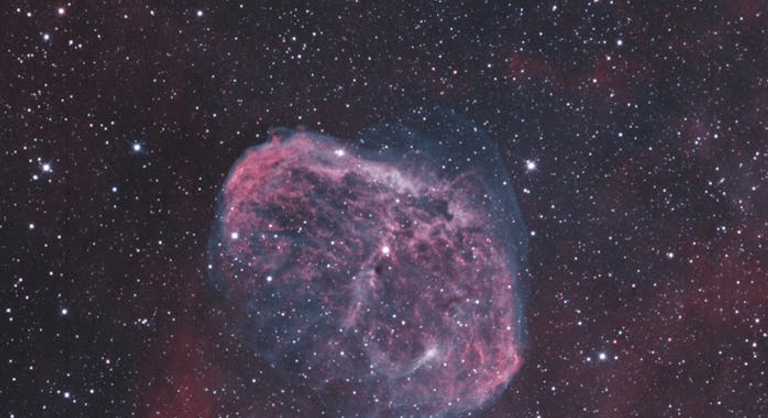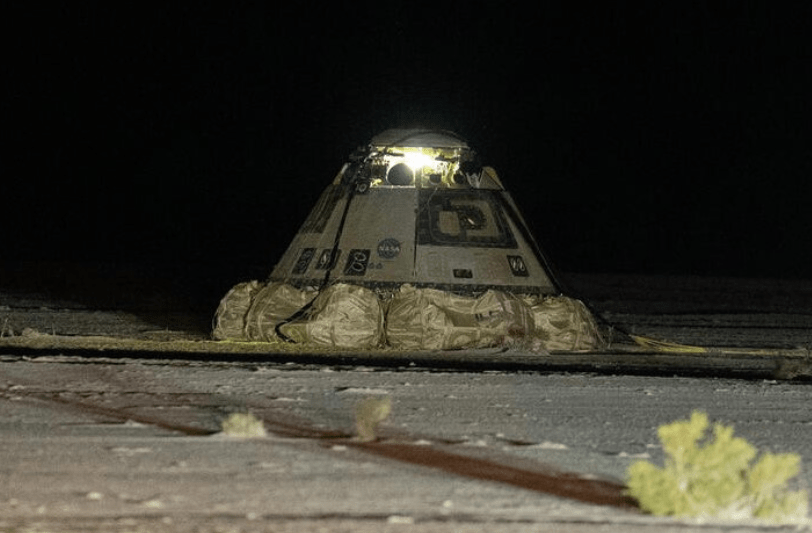Watch out for rare event in astronomical calendar

The year 2025 is unique in the astronomical calendar, as a rare occurrence will take place next week: six of our solar system’s eight planets will be visible! Venus, Mars, Jupiter, Uranus, Neptune, and Saturn will be visible to the naked eye on any clear night, providing a spectacular display for stargazers of all skill levels. According to NASA, this stunning, fascinating planetary parade is rare, occurring only once every 80 to 120 years.
With the aid of a telescope or binoculars, observers may also glimpse Uranus and Neptune during this rare alignment. This extraordinary event presents a unique opportunity to witness the beauty and wonder of our solar system. Planetary alignments are some of the most spectacular sights in the night sky, occurring when several planets appear close together from our perspective on Earth. Because these events are infrequent, they are a must-see for anyone interested in astronomy.
At the start of this month, an interesting astronomical event occurred: Earth reached perihelion, its closest point to the sun in its orbit. While this proximity does not significantly affect temperatures, it serves as a reminder of the intricate mechanics of our solar system.
In early January, we witnessed the Quadrantid meteor shower, known for its bright fireballs. This meteor shower is one of the most spectacular of the year, and at its peak, the Quadrantids can produce up to 120 meteors per hour under optimal conditions. The celestial display occurs as Earth passes through debris left by an extinct comet. Venus became more visible because of its eastern elongation, thus becoming the crown jewel of the evening sky.
Aside from being a breathtaking sight, Venus’ brilliance during its greatest eastern elongation offers important scientific insights. The planet is among the brightest objects in the sky because of its thick atmosphere, which is made of carbon dioxide and reflects sunlight. Astronomers can investigate its cloud layers, weather patterns, and surface activities because of its high reflectivity. Venus experiences a significant greenhouse effect, which contributes to its status as the hottest planet in the solar system. This phenomenon occurs despite Venus not being the closest planet to the Sun; Mercury holds that distinction. The dense atmosphere of Venus traps heat, leading to high surface temperatures.
Mars achieved opposition yesterday, January 16. In opposition, Earth is between Mars and the sun, bringing the red planet closer to Earth and making it brilliant and visible throughout the night. During opposition, Mars appears when the sun sets and is visible until sunrise. Its reddish light is unmistakable, and with a telescope, viewers can see surface characteristics like polar ice caps, volcanic plains, and even periodic dust storms. This alignment offers a unique opportunity to observe Mars.
During space missions, oppositions signify prime launch windows, since the reduced distance between planets allows for shorter travel times and lower fuel consumption. This knowledge is crucial for mission planners like Elon Musk, who is working towards establishing a human settlement on Mars.
On January 21, 2025, the sky will give us one of its most beautiful displays: a six-planet alignment. Venus, Mars, Jupiter, Saturn, Uranus, and Neptune will align along the ecliptic plane, giving a stunning spectacle. This alignment is a rare occurrence in which the planets seem to align in the sky from Earth’s perspective.
Although these elements are not “really” aligned, their coplanar positions create the visual impression of alignment. Such configurations present an opportunity to explore planetary interactions and the effects of gravitational forces on a larger scale. This enhances our understanding of planetary systems.
For astronomy lovers, let us explore the wonders of the universe!
— The writer is an Innovations Evangelist and a PhD Candidate; machariamuhoho@gmail.com-















